
A village that grew in the late Middle Ages around a castle, which was demolished centuries ago. With the digging of a big canal nearby Veghel grew in importance as an industrialized village. It also was an important center of Roman-Catholicism for some time.
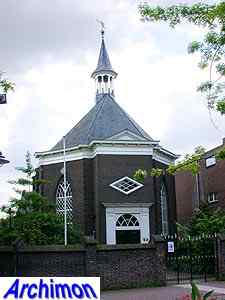
The reformed church is a church in neo-Classical style with a stretched octagonal ground-plan. It dates from 1823 and was designed by J. Schoonwater. Until 1819 the protestant minority used the medieval church, which in that year was returned to the catholics.
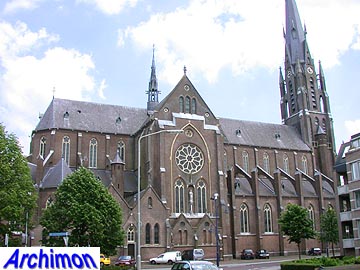
The medieval church did not last long back in the hands of the catholics. In 1860 it was demolished. A new and much bigger St. Lambertus was built in 1856-1862. It was designed by P.J.H. Cuypers and was his biggest church until then. Its design was inspired by 13th-century French Gothicism. Cuypers also designed the presbytery.
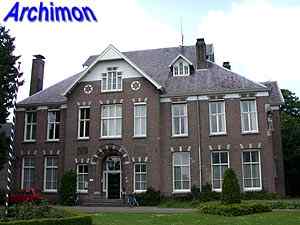
P.J.H. Cuypers' presbytery was replaced in 1902-1903 by a new one, designed by his son Jos. Cuypers and Jan Stuyt. It's probably the biggest presbytery in the entire province and was one of the first that was assymmetrical.
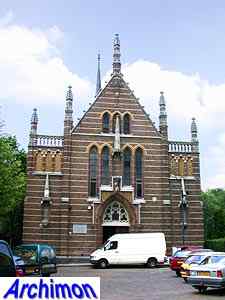
Behind the St. Lambertus we find this chapel from 1890, the Congregatiekapel, again a design by P.J.H. Cuypers. For decoration horizontal lines of bricks of a light colour have been used to simulate natural stone. In 1980 this chapel became a mosque.
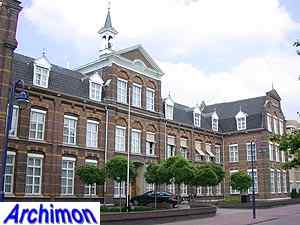
On the other side of the the church stands another design by Cuypers, a convent for Franciscan nuns, Klooster van de Zusters Franciscanessen van Veghel, which was built from 1869-1872 in neo-Renaissance style.
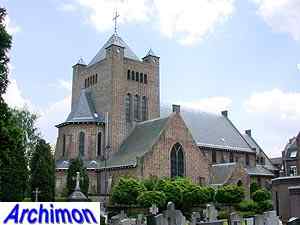
In the 1950's a church was built as part of the Franciscan complex, designed in Traditionalistic style by J. van Halteren and showing many similarities with the work of H.W. Valk.

The former synagogue dates from 1865. Because after World War Two little was left of Veghel's jewish community the building was sold and became a house in 1949. In 2002-2003 the exterior of the building was restored to its original state. To achieve this the entire facade had to be rebuilt. It's now a shop.